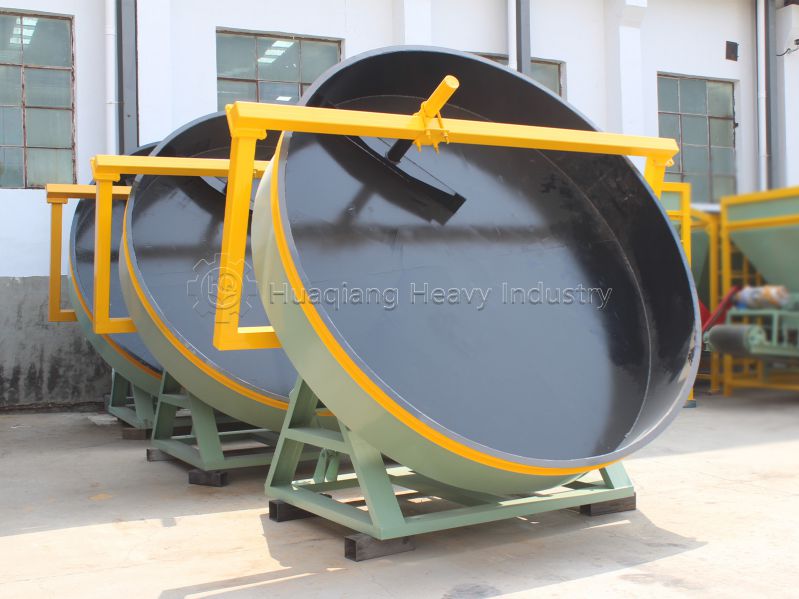Powder to Pellets: Why Is Fertilizer Getting a Makeover?
Walking through the fields of modern agriculture, you’ll notice an interesting phenomenon: the once-common powdered fertilizers are now undergoing a “makeover,” appearing in granular form across farmland. This isn’t just a cosmetic change—it’s a revolution in agricultural production methods. So why are more and more farmers choosing to process powdered fertilizers into granular forms?
While powdered fertilizers are rich in nutrients, they present numerous practical challenges. A gentle breeze can carry powder particles away, leading to nutrient loss and potential health concerns for applicators. Additionally, powdered fertilizers tend to clump, often requiring extra labor for breaking and mixing—a time-consuming and labor-intensive process.
In contrast, granular fertilizers demonstrate significant advantages. Through processing in fertilizer granulators, such as disc granulator lightweight powder transforms into uniform, sturdy pellets. This morphological change brings multiple benefits: granules resist dispersion, ensuring precise delivery to crop roots; they flow better, making them ideal for mechanical application; and most importantly, the granular structure controls nutrient release rate, providing crops with balanced nutrition throughout their growth cycle.

Fertilizer granulators play a crucial role in this transformation. Modern granulators employ advanced compression and rolling technologies to efficiently convert powdered raw materials into uniformly sized pellets. Combined with drum fertilizer dryer, coolers, and rotary screener machine, they form complete production lines that ensure consistent quality of granular fertilizers. The development of these fertilizer equipment has made the powder-to-pellet processing more economically viable, significantly reducing production costs.
Meanwhile, supporting application equipment has also facilitated the popularization of granular fertilizers. Granular fertilizer spreaders can precisely control application rate and depth, ensuring every pellet delivers maximum benefit. This precision application not only improves fertilizer utilization but also reduces environmental impact, aligning with sustainable agricultural principles.
From an economic perspective, while processing powder into pellets requires additional investment, the resulting benefits are substantial. Reduced fertilizer loss, lower labor costs, and increased crop yields all make granular fertilizers a smarter choice. This advantage becomes particularly evident in large-scale agricultural production.
The transition from powdered to granular fertilizers reflects the broader trend of agriculture moving from extensive to intensive practices. As technology advances and environmental awareness grows, this more efficient and eco-friendly fertilization method is destined to see wider adoption. In this process, fertilizer granulators and supporting equipment will continue to play vital roles, driving modern agriculture toward more intelligent and sustainable development.
